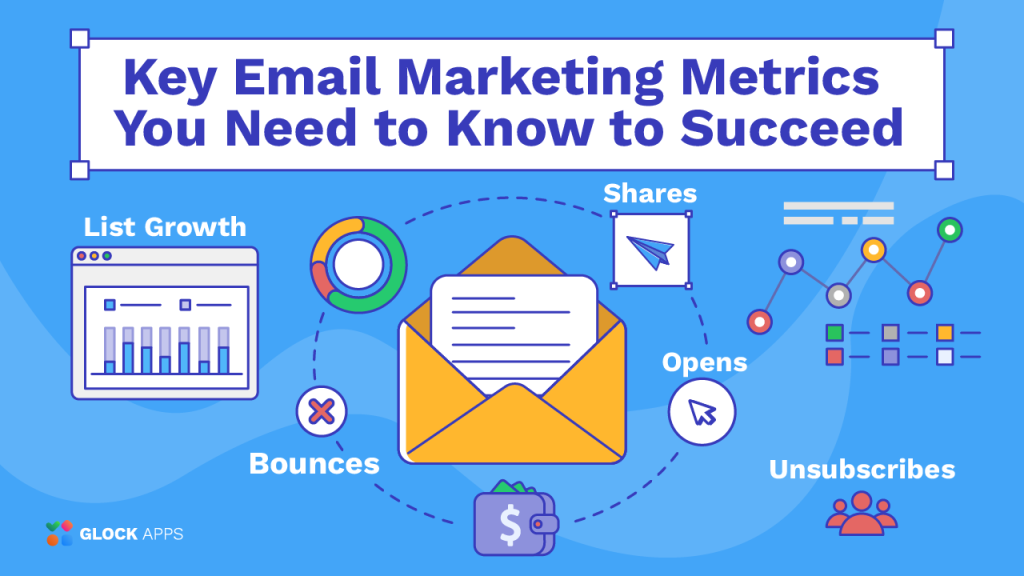In the age of viral reels, trending tweets, and non-stop stories, email marketing might sound old-school. But here’s the truth: email marketing is one of the most effective digital marketing tools out there—especially for beginners and small businesses. In fact, studies show that for every $1 spent, email marketing can generate an average return of $36. That’s some serious ROI.
So, if you’re ready to grow your business, nurture leads, and drive consistent revenue—let’s dive into how you can start and succeed with email marketing.
What Is Email Marketing?
Email marketing is the process of sending targeted emails to a list of subscribers with the goal of building relationships, promoting products/services, and driving conversions. Think of it as a direct line to your audience’s inbox—where you control the message, timing, and tone.
It’s not just about selling. It’s about providing value, creating conversations, and building trust over time.
Why Email Marketing Works for Beginners
-
Cost-effective: No need for a massive budget—many tools offer free plans.
-
Personalized communication: You can tailor your message based on audience behavior.
-
Automatable: Once set up, emails can run on autopilot (hello, freedom!).
-
Data-driven: You can track open rates, click-throughs, conversions, and more.
-
Builds ownership: Unlike social media, your email list is yours. No algorithm can take that away.
Step-by-Step Guide to Start Email Marketing
1. Choose an Email Marketing Platform
To send bulk emails efficiently, you’ll need an email marketing tool. Popular beginner-friendly platforms include:
-
Mailchimp
-
MailerLite
-
ConvertKit
-
Brevo (formerly Sendinblue)
-
Moosend
Look for features like drag-and-drop editors, automation options, analytics, and list segmentation.
2. Build and Grow Your Email List
Your list is everything. But remember: quality over quantity.
How to Get Subscribers:
-
Add a sign-up form on your website (home page, footer, blog).
-
Offer a lead magnet – like a free eBook, checklist, discount, or webinar.
-
Use popups and slide-ins to capture attention.
-
Promote your sign-up link on social media, landing pages, and YouTube bios.
Important: Never buy an email list. Not only is it shady, but it also kills deliverability and trust.
3. Segment Your Audience
Not all subscribers are the same. Some are new leads, some are loyal customers, and others may be on the fence.
Segmentation helps you send more relevant emails. For example:
-
New subscribers → Welcome series
-
Past buyers → Product updates or loyalty offers
-
Inactive users → Re-engagement campaigns
Better targeting = higher engagement.
4. Design Your First Campaign
Your first email should ideally be a welcome email that introduces your brand and sets expectations. Keep it:
-
Friendly and on-brand
-
Brief with a clear CTA (Call-To-Action)
-
Visually clean and mobile-optimized
Example:
Hey [Name]!
Welcome to the [Brand Name] family! We’re so excited to have you.
Here’s a little something to get started: [Download link / Discount code]
Talk soon!
— Team [Brand]
5. Plan a Content Calendar
Sending random emails once in a while won’t cut it. Be consistent.
Sample Email Content Plan:
-
Week 1: Welcome email
-
Week 2: Story of your brand
-
Week 3: Free value (tips, guide, checklist)
-
Week 4: Product/service spotlight
-
Week 5: Testimonials and case studies
-
Week 6: Special offer or promotion
Tip: Send emails at the same day/time each week to build anticipation.
6. Track & Optimize Your Emails
What gets measured, gets improved. Most platforms provide analytics for:
-
Open rate – how many people opened your email
-
Click-through rate – how many clicked your links
-
Unsubscribe rate – people who left your list
-
Conversion rate – people who took your desired action (e.g., purchase)
If open rates are low → improve your subject lines.
If click-throughs are weak → tweak your CTAs and email design.
Test. Analyze. Adjust. Repeat.
Pro Tips for Email Marketing Success
Nail Your Subject Line
Your subject line is the first impression. Make it punchy, clear, and curiosity-driven.
Examples:
-
“Your 20% Discount Is Inside ”
-
“3 Things You’re Doing Wrong with Social Media”
-
“New Blog Just Dropped ”
Keep It Mobile-Friendly
Over 60% of emails are opened on mobile. Use:
-
Short paragraphs
-
Clear buttons
-
Responsive design
Use Automation to Scale
Once your list grows, automation is your best friend. Set up:
-
Welcome series
-
Abandoned cart reminders
-
Birthday emails
-
Post-purchase thank you emails
Respect Privacy
Comply with laws like GDPR and CAN-SPAM. Always:
-
Include an unsubscribe link
-
Don’t spam
-
Get consent before emailing
Common Mistakes to Avoid
-
Sending too many emails too soon
-
Writing like a robot (be human!)
-
Ignoring analytics
-
Over-promoting without offering value
-
Neglecting to segment your list
Final Thoughts
Email marketing isn’t just about pushing products—it’s about building genuine relationships. If you approach it with the mindset of serving first and selling second, you’ll not only grow your list but your business too.
Whether you’re a startup, local business, or solo creator, email marketing is your silent growth partner—always working behind the scenes to connect, convert, and care for your audience.
Now go ahead and start that first email—you’ve got this!
